Visit Us Online!
It is a fait-accompli: It’s Cactus, which started out as a brick and mortar store in Carmel, CA in the early 90’s, is now online only, operating strictly out of our Salinas warehouse. In February, this was an idea, quick to gel. Today, it’s the way we roll.
Or at least we’re starting to. This has not been a small task, and there’s still a good distance to go, especially in the way of re-vamping the website. Though you will continue to have unmitigated shopping opportunity in the meantime, we are only going to get better. Coming one
day in the not-so-distant future (July, hopefully) the website conversion will be complete, with
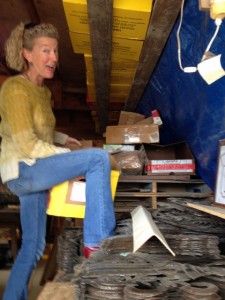
It is widely suspected that there is more Haitian metal in the warehouse than there is in Haiti. Care to count?
oodles and boodles of great folk art of every stripe. From Haiti of course, with new designs and creations in wondrous array, but also a much larger presence of our folk art from Latin America. It was in the shop, and locals had access to it there, but now it will have full representation online. Equal folk art opportunity for all – how great is that?
We’re also going to have what, in the biz, is known as a responsive website. (I confess to have learned that terminology….um……recently. Like last week.) That means that our website will be easily viewed from desktop and mobile devices alike. No more pinching and widening and shifting from side to side. You’ll be able to see every page in all it’s glory, no matter how or on what you choose to view it. Now, isn’t that a wonderful thing?
We’re pretty excited about it all. The wave of retail seems to be evermore about access and evermore driven by convenience. Our aim is to be all of that, convenient and accessible on a much broader scale, yet to remain the friendly, trusted, personable – and very fun! – purveyors of folk art you’ve always known and loved. Visit us online!
Contributed by Linda for It’s Cactus


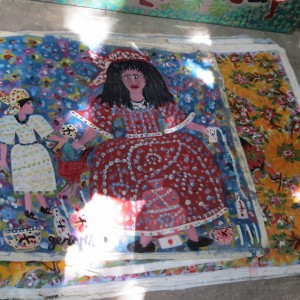
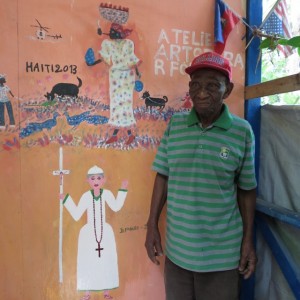
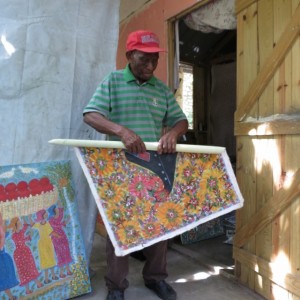
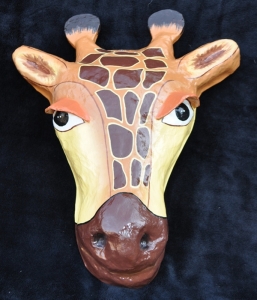
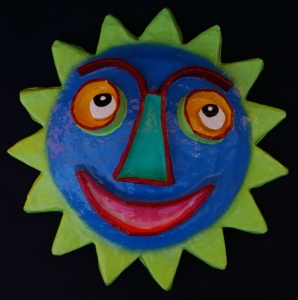
![Chihuly_at_Kew_Gardens_043[1] (640x480)](https://blog.itscactus.com/wp-content/uploads/2012/09/Chihuly_at_Kew_Gardens_0431-640x480-150x150.jpg)
![the-girl-with-a-pearl-earring-johannes-vermeer-t14769[1] (354x500)](https://blog.itscactus.com/wp-content/uploads/2012/09/the-girl-with-a-pearl-earring-johannes-vermeer-t147691-354x500-150x150.jpg) color or pattern? All of those elements play their part, to be sure. Still, my guess is that when you look at a piece of art, whether it’s a 17th century painting by Jan Vermeer, or a contemporary piece of glasswork by Dale Chihuly, or a piece of Haitian folk art by Jean Eugene Remy, it is the details that draw you in.
color or pattern? All of those elements play their part, to be sure. Still, my guess is that when you look at a piece of art, whether it’s a 17th century painting by Jan Vermeer, or a contemporary piece of glasswork by Dale Chihuly, or a piece of Haitian folk art by Jean Eugene Remy, it is the details that draw you in.![ht01387[1]](https://blog.itscactus.com/wp-content/uploads/2012/09/ht0138711.jpg) effect of the basket is achieved by cutting the contents backwards as a side piece and then bending the metal tightly behind the slitted, concave basket. A little bit more time spent in execution, but the result is good visual impact. A fine detail
effect of the basket is achieved by cutting the contents backwards as a side piece and then bending the metal tightly behind the slitted, concave basket. A little bit more time spent in execution, but the result is good visual impact. A fine detail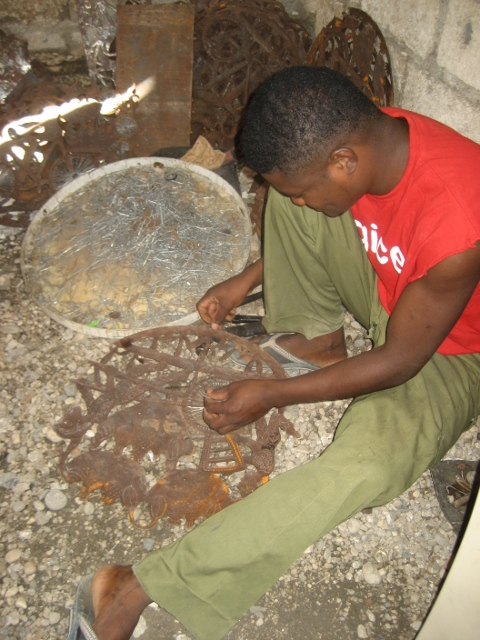 And the bus itself. Notice how small caps have been hand-riveted on the front end as headlights. Clever. The wheels, however, are the coup d’grace. They revisit vintage wire wheel hubcaps on Corvettes and Cadillacs, 1968-1982. (Yes, I looked it up, and by-the-way, you can find them on ebay for about $1250, if you’re in the market.) Jean Eugene innovatively uses spout caps and rivets and wire hooks, which are bent one at a time to create each spoke. Fifty-seven in the back and sixty-three in the front. Talk about detail!
And the bus itself. Notice how small caps have been hand-riveted on the front end as headlights. Clever. The wheels, however, are the coup d’grace. They revisit vintage wire wheel hubcaps on Corvettes and Cadillacs, 1968-1982. (Yes, I looked it up, and by-the-way, you can find them on ebay for about $1250, if you’re in the market.) Jean Eugene innovatively uses spout caps and rivets and wire hooks, which are bent one at a time to create each spoke. Fifty-seven in the back and sixty-three in the front. Talk about detail!